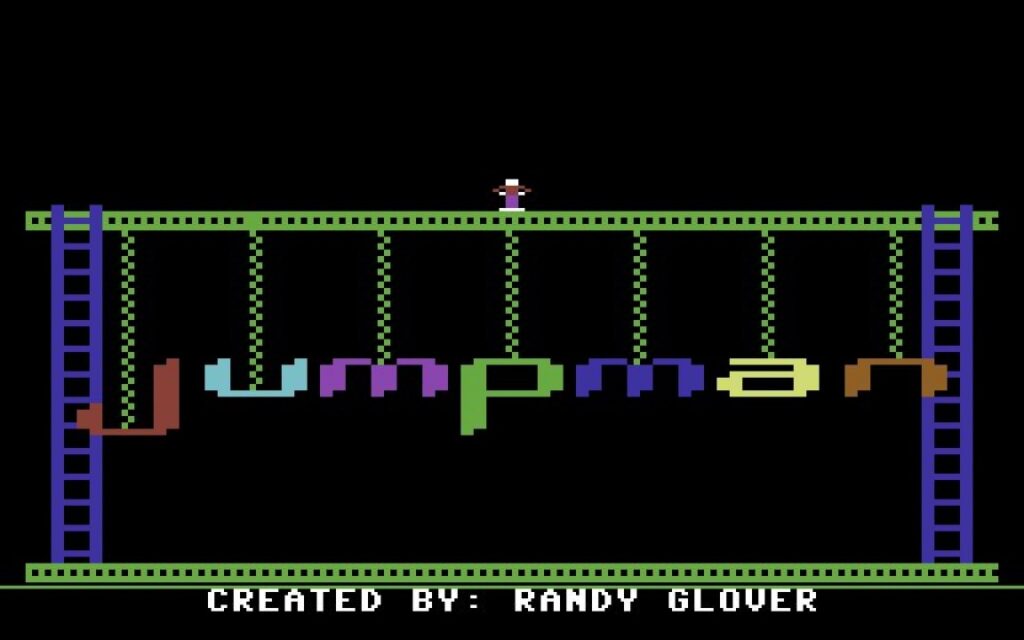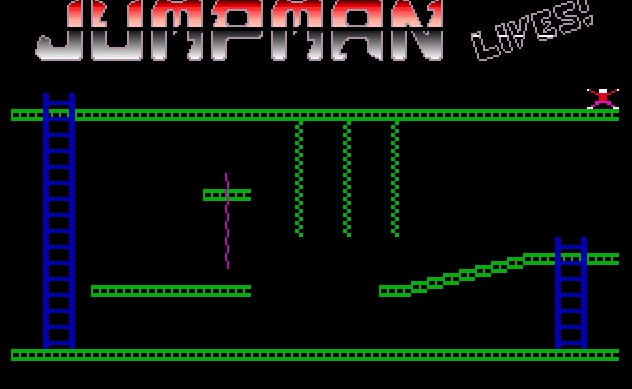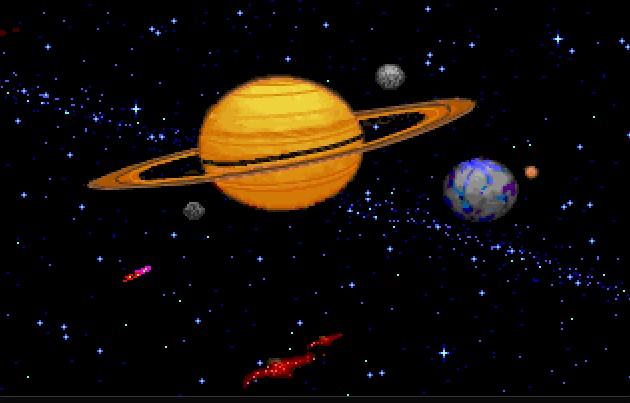
In the annals of early home computing, amidst the pixelated landscapes and bleeping soundtracks, a platformer emerged that captured the imaginations of a generation: Jumpman. More than just a simple climb-and-collect game, Jumpman represented a leap forward in gameplay and complexity, setting the stage for the platforming giants that would follow. But its story, like the titular hero’s precarious jumps, is filled with unexpected twists and turns, including a now-legendary, vanished remake.
The Genesis of a Hero
Released in 1983 by Epyx for the Atari 8-bit family, Jumpman was the brainchild of Randy Glover. Players took control of Jumpman, tasked with defusing bombs scattered across a series of interconnected levels. What set Jumpman apart was its sheer scale. With 30 unique levels, each a meticulously crafted puzzle of platforms, ladders, and deadly obstacles, it offered a depth of gameplay rarely seen in its contemporaries.
The game’s controls, while simple, demanded precision. Jumpman could run, jump, and climb ladders, but the level design required players to master timing and spatial awareness. The tension of defusing a bomb with mere seconds to spare, the satisfaction of navigating a complex series of jumps, and the sheer variety of the levels cemented Jumpman as a classic.
Beyond the Atari: Ports and Sequels
The success of Jumpman led to ports for various platforms, including the Commodore 64 and Apple II. Each version, while retaining the core gameplay, often featured subtle differences in graphics and level design, catering to the specific capabilities of each system.
In 1984, Epyx released Jumpman Junior, a prequel that focused on a smaller, more accessible set of levels. While not as expansive as its predecessor, Jumpman Junior offered a more streamlined experience, making it popular with a wider audience.
The Apogee Anomaly: A Lost Remake

Fast forward to 1991. Apogee Software, then a rising force in shareware PC gaming, released Jumpman Lives!, a remake that aimed to bring the classic platformer to a new generation. Developed by Dave Sharpless and his own “Shamusoft Designs” this version featured enhanced graphics, inclusion of the original 30 levels from Jumpman, the 10 levels from Jumpman Junior, and the addition of brand new levels including the Big Trouble level which The Jumpman Lounge’s solution states it “near impossible to complete thanks to some very poor level design”.
However, Jumpman Lives! was quickly pulled from distribution following a legal dispute with Epyx, who still held the rights to the Jumpman IP. The game vanished from the market, becoming a legendary “lost game” among PC gaming enthusiasts.

Not surprisingly, many fans at the time were not happy with the decision to pull Jumpman Lives! from shelves. Joe Siegler worked at Apogee for more than 17 years and has a website called, “A Cup of Joe” which provides a comprehensive history of Apogee from his perspective while working there. A blog post on his site describes a bizarre letter he describes as, “a manifesto of everything he thinks is wrong with society – something we helped contribute to by making a game he wanted unavailable.” Joe goes on to say that it’s never been fully translated into intelligible English and provides photographs of the original letters on his website.
While original copies of Jumpman Lives! are exceedingly rare, the game’s existence has been preserved through online preservation sites such as the Jumpman Lounge and the Internet Archive, where even the original source code is available for download! Its unique blend of Apogee’s signature shareware style and the classic Jumpman gameplay represents a fascinating “what if” in gaming history.
The Enduring Legacy
Despite the legal challenges and the disappearance of the Apogee remake, the original Jumpman has left an indelible mark on the platforming genre. It has had no less than 10 remakes or spinoffs since it’s inception and many new games lineage can be traced back directly to Jumpman through inspiration. Its intricate level design, challenging gameplay, and memorable protagonist have influenced countless games that followed.
The enduring popularity of Jumpman is a testament to its timeless appeal. In an era where gameplay often takes a backseat to graphical fidelity, Jumpman reminds us of the power of well-crafted design and the simple joy of mastering a challenging platformer. It’s a game that continues to inspire, reminding us that even the smallest pixelated hero can leave a giant footprint in gaming history.
Did you enjoy this article? Click here to stay informed, support retro, and subscribe to Computes Gazette today!

Leave a Reply
You must be logged in to post a comment.